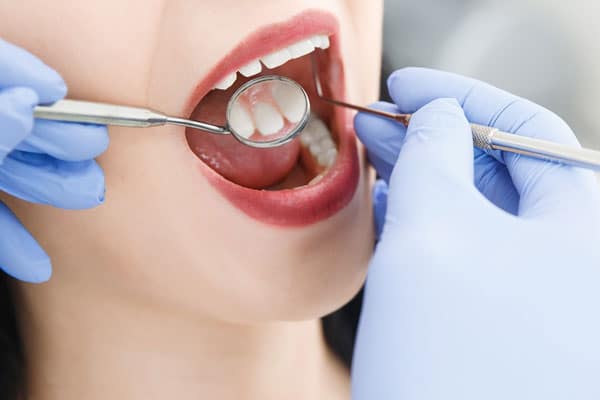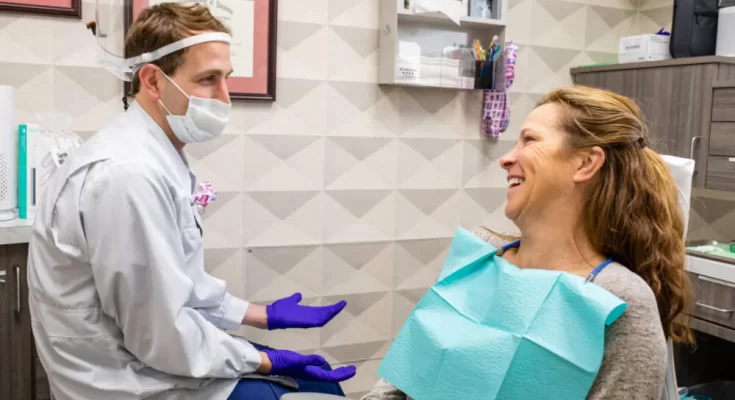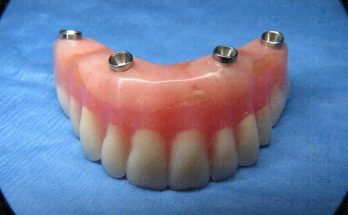When it comes to dental health, knowing what constitutes an emergency can save you from unnecessary discomfort and potential complications. While some dental issues can wait until your next scheduled appointment, others require the immediate attention of a General dentist in Chelsea NYC. Understanding the difference between urgent and non-urgent dental situations is crucial for maintaining your oral health and overall well-being.
What is a Dental Emergency?
A dental emergency is any situation involving your teeth, gums, or mouth that requires immediate treatment to stop bleeding, alleviate severe pain, prevent infection, or save a tooth. Not all dental issues are emergencies, and understanding which ones need urgent care can help you respond appropriately.
Urgent vs. Non-Urgent Dental Issues
Non-Urgent Dental Issues:
These are problems that, while potentially uncomfortable or inconvenient, can typically wait until you can see your dentist during regular office hours. Examples include:
- Minor toothache: If the pain is mild and doesn’t interfere significantly with your daily activities, it’s probably safe to wait for a regular appointment.
- Lost filling or crown: While this can be uncomfortable, it doesn’t always require immediate attention unless you’re experiencing severe pain.
- Broken or chipped tooth without pain: If a tooth is chipped but not causing pain, it can often wait a short time.
Urgent Dental Issues:
These are situations that require immediate attention to prevent further damage or address severe pain. Examples of true dental emergencies include:
- Severe Toothache: A severe toothache that doesn’t go away with painkillers or is accompanied by swelling or fever can indicate a serious problem such as an infection or abscess.
- Knocked-Out Tooth: If a tooth is knocked out, timing is crucial. Handle the tooth by the crown, rinse it gently if dirty, and try to place it back in its socket or keep it moist in milk or saliva until you get to the dentist.
- Dental Abscess: An abscess is a painful, potentially serious infection that affects the root of a tooth or the space between the teeth and gums. Symptoms include swelling, fever, a bad taste in the mouth, and swollen lymph nodes. This condition requires prompt treatment to prevent the spread of infection.
- Broken or Cracked Tooth with Pain: A broken or cracked tooth that causes pain or sensitivity, especially if it exposes the nerve or pulp, needs immediate attention to prevent further damage or infection.

What to Do in a Dental Emergency?
If you find yourself in a dental emergency, here are some immediate steps you can take:
- Stay Calm: Panicking can make the situation worse. Try to remain calm and assess the situation.
- Contact Your Dentist: Call your dentist’s office right away. Many dental practices have emergency numbers or after-hours contacts.
- Use Cold Compresses: For swelling, apply a cold compress to the outside of your mouth or cheek to help reduce swelling and alleviate pain.
The Importance of Prompt Professional Care
Seeking immediate professional care for dental emergencies is crucial to prevent further damage and complications. Delaying treatment can lead to more severe health issues, such as infections spreading to other parts of the body. Moreover, addressing problems promptly can save teeth that might otherwise be lost.
Conclusion
Understanding what constitutes a true dental emergency helps ensure you receive the necessary care when required. While some issues can wait, severe pain, knocked-out teeth, and abscesses demand urgent attention. By recognizing these situations and knowing how to respond, you can protect your dental health and prevent future complications.
Always remember, when in doubt, it’s better to err on the side of caution and consult a dental professional. Your oral health is too important to leave to chance!




